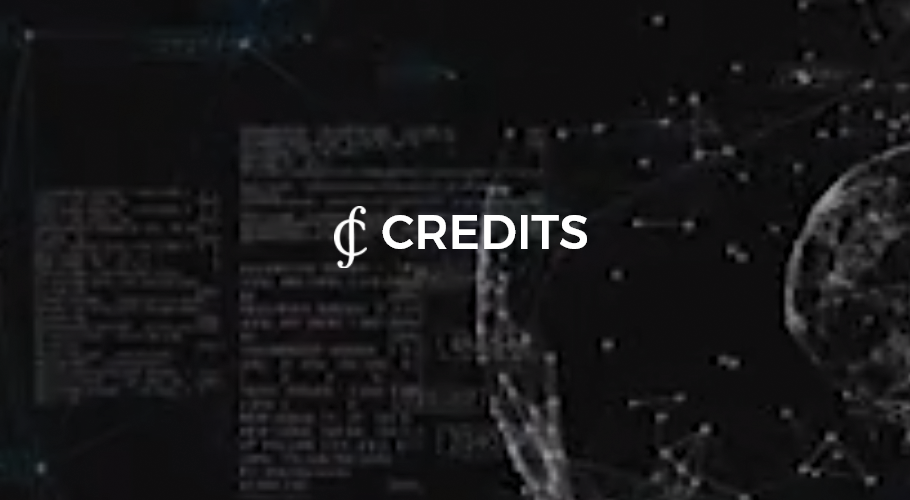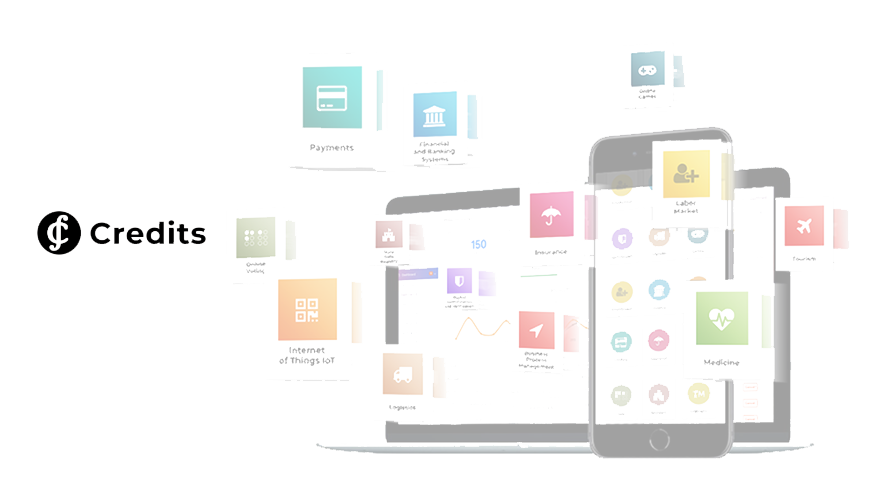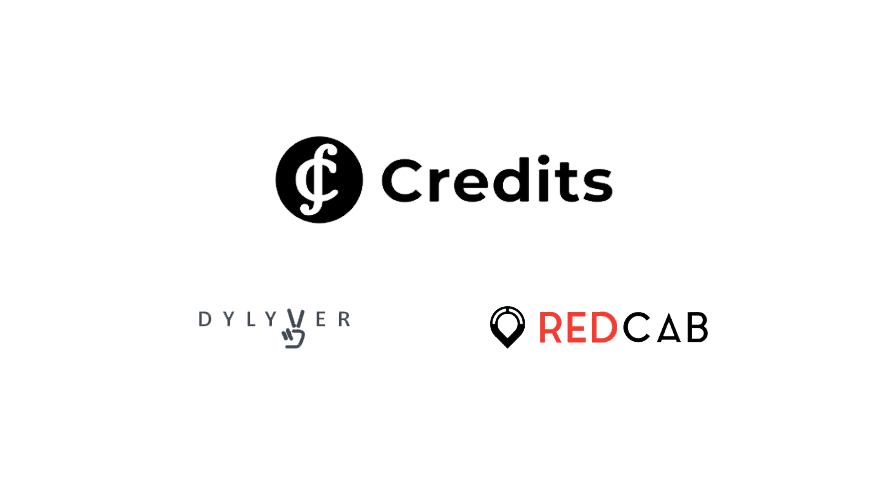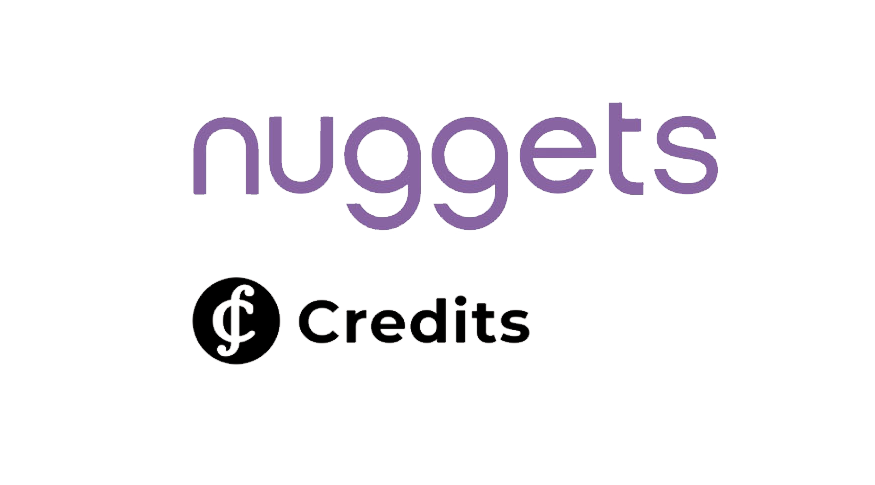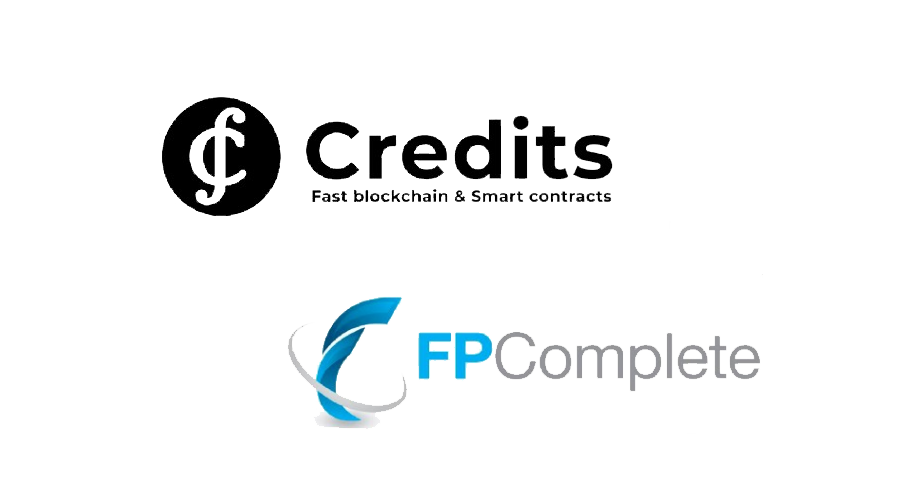With each passing day, the technology of blockchain becomes more and more recognized, combining many digital currencies. In recent years, the blockchain has been extensively used not only to conduct transactions between individual users. The technology benefits among various human activities. Therefore, financial markets and game industry became much simpler, safer and more accessible for users. Development of the blockchain and the Internet of things did not pass by (Internet of things, IoT). But what does this new union look like?
Digging deeply into the history of the Internet, you might come to the conclusion that nowadays we are living the Internet of things’ era. The concept itself relatively appeared long ago, but there is still no single definition of this concept. The global McKinsey Institute defines the Internet of things as a class of devices capable of controlling the environment around itself, transmitting status messages, receiving information and conducting operations based on received data.
In other words, the Internet of things is a complex of devices that interact with the user as well as between each other. One of the first devices connected to the network was a Coca-Cola vending machine, installed at the University of Carnegie – Mellon in 1982. The device transmitted data on the number of bottles contained in the machine as well as its condition.
Areas of application of Internet technologies of things are extremely extensive. They can be divided into two groups – CIoT (Consumer Internet of Things) and IIoT (Industrial Internet of Things). CIoT is aimed at end users, the Internet of things is used in products such as smart home appliances, wearable gadgets (fitness trackers, smart clocks) and other smart devices.
IIoT projects are implemented in various sectors of economies – industry, agriculture, having a corporate customer, or the whole society as a consumer. For instance, IIoT might be smart cities, smart power grids, automation, and production robotics. As an example of using the Internet of things can be considered a decision-making system on farms. Such systems are able to collect and accumulate data on a soil state and climatic conditions, then compare this information with a data from past seasons and generate valuable recommendations.
Why does the Internet of Things need a blockchain?
The virtual world can be called somewhat “improved copy of our life”: there are same participants who most often follow pre-established and well-known rules, providing reliable answers to any questions, honest and open – altruists, in general. Wherein a relationship between real and virtual worlds is bi-directional: decisions from the virtual world are given to reality for execution, and all events of the real world are reflected in the virtual world.
Now the blockchain system is used not only for transactions between user but also in a wide range of human activities, including financial markets, gaming industry, public administration, etc. Various solutions based on blockchain are often implemented in combination with the Internet of things (IoT), the technology called Big Data (large data), artificial intelligence (AI) and other modern technologies.
According to some forecasts, in 3-4 years there are going to be up to 20 billion different connected devices that will give humanity unprecedented potential for development. A decentralized system can mitigate critical points and, at the same time, provide standard device protocols for mutual recognition. Thus, unmanned vehicles, the proliferation of which is inevitable, could share information about the situation on the roads and various telemetric data using blockchain, including the number of passengers and energy efficiency. The mechanism of interaction with applications based on the blockchain reminds us of the Google Docs services when several people have simultaneous access to a document, able to monitor its changes in real time.
The technology of the distributed registry can be useful for the Internet of things in the following aspects:
- Selling Performance between different devices.
- Production and sales management.
- Sale services within a shared economy.
Blocking technologies can be useful in countering fraudsters while conducting transactions, in verifying the current state of various elements of systems, to ensure the integrity and security of information. Experts believe that in nearby future the blockchain is able to form a new system of relations in which there is no place for fraud. Transactions between participants in the system could become completely transparent and safe.
As more and more devices involved in key applications (Mission Critical Applications), it is extremely important to record logged results of their interaction, for example, consisting in the precise identification of objects with a real legal and financial implications. Obviously, as the number of devices increases, those servers to which they are connected to exchange critical data become a narrow throat both in performance and reliability. In this situation, there is hardly a scalable technology beyond Blockchain, which guarantees stable operation of the entire system while preserving security and authenticity of the data.
It is the blockchain that allows devices to quickly and securely store all the communication protocols and results of their collaboration in a completely decentralized environment, while this information is available to people and other devices at any time (of course, in accordance with established access rights). However, there are a number of problems associated with a high commission for conducting transactions and a relatively low rate of their execution, which significantly inhibits the implementation of blockchain in various areas of activity.
Using the IoT, companies can implement accounting methodology for any incoming or outgoing request from the IoT device and the verification that the actions are performed correctly by the type of accounting statements. In this case, the blockchain becomes critically important, as it is very difficult to deceive, and it provides a method to verify transactions. So far, such use of the block is not widespread, due to high commissions and low transaction speed.
What is new that CREDITS offers?
The DLT blockchain CREDITS platform represents an original implementation of blockchain-technologies, protocols for information exchange and smart contracts. This is one of the first platforms in its segment, developed not only for the financial sector, but also for the Internet of Things. The open platform allows individuals and companies to create services using the blockchain’s protocol.
Some innovations implemented in CREDITS:
- Unique consensus of a search algorithm dPoS + mBFT.
- An updated scheme of the registry.
- The possibility of conducting micropayments with a high speed (up to 1 million transactions per second).
- Performing each and every smart contract in an isolated environment.
- Low transaction costs (approximately 0.0001%).
CREDITS is a first absolutely autonomous blockchain platform. In CREDITS will be possible to create really independent decentralized and separate services inside blockchain and smart contracts due to new advanced features. Smart contracts of CREDITS platform really. The Credits’ platform is able to open a new large-scale market and fully realize all the potential of using technologies in the network that are based on smart contracts. Uniqueness and functionality of the platform: access to a new level of relationships between the Internet of things and technology of the distributed registry.
An ICO is currently set for January 2018, the pre-ICO, underway right now has already over $500,000 USD raised.
For more detailed information, the CREDITS whitepaper is available for review.


